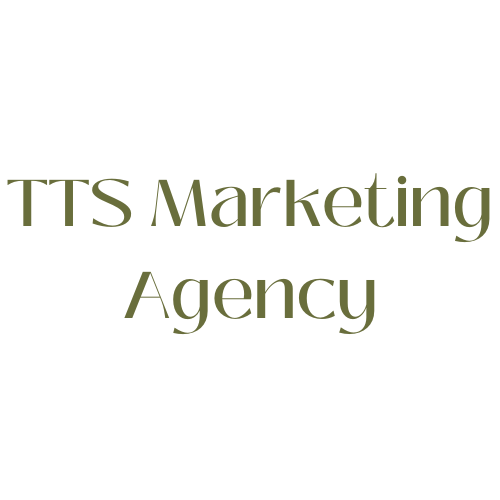Maximizing Social Media Engagement: The Power of Organic vs. Paid Strategies
Social media has become an indispensable tool for businesses to connect with their audience, build brand awareness, and drive sales. When it comes to engaging with your audience on social platforms, two main strategies come into play: organic and paid engagement. In this article, we'll delve into what each strategy entails and how you can effectively leverage them together to maximize your social media presence.
What is Organic Engagement on Social Media?
Organic engagement refers to the interactions, such as likes, comments, shares, and follows, that occur naturally on your social media content without any paid promotion. It involves creating compelling and relevant content that resonates with your audience and encourages them to engage with your brand voluntarily. Organic engagement is driven by the quality of your content, the strength of your community, and the effectiveness of your social media marketing efforts.
What is Paid Engagement on Social Media?
Paid engagement, on the other hand, involves investing financial resources to promote your content and reach a wider audience on social media platforms. This can include sponsored posts, paid advertising campaigns, influencer collaborations, and boosted content. Paid engagement allows you to target specific demographics, interests, and behaviors, ensuring that your content is seen by the right people at the right time. It can help amplify your reach, increase brand visibility, and drive conversions more effectively than organic methods alone.
How to Utilize Them Both Together
While organic and paid engagement strategies have their distinct advantages, combining them can yield even greater results for your social media marketing efforts. Here are some ways to effectively utilize both strategies together:
Content Optimization: Start by focusing on creating high-quality, engaging content that resonates with your target audience. Use relevant keywords, captivating visuals, and compelling calls-to-action to encourage organic interactions. Once you have a solid foundation of organic content, identify top-performing posts and consider boosting them with paid promotion to extend their reach even further.
Targeted Advertising: Use paid advertising tools offered by social media platforms to target specific demographics, interests, and behaviors relevant to your business. By leveraging the data and insights provided by these platforms, you can create highly targeted ad campaigns that complement your organic content strategy and drive meaningful engagement with your audience.
Influencer Partnerships: Collaborate with influencers and content creators in your niche to amplify your brand's reach and credibility. Identify influencers whose audience aligns with your target demographic and work with them to create authentic and engaging content that resonates with their followers. Whether through sponsored posts, product reviews, or takeover campaigns, influencer partnerships can help boost both organic and paid engagement on social media.
Retargeting Campaigns: Implement retargeting campaigns to re-engage users who have previously interacted with your organic content or visited your website. By serving targeted ads to these users across various social media platforms, you can nurture them through the customer journey and drive conversions more effectively.
Analytics and Optimization: Continuously monitor the performance of your organic and paid social media efforts using analytics tools provided by the platforms. Track key metrics such as engagement rates, click-through rates, and conversion rates to identify what's working well and what can be improved. Use this data to refine your strategies, allocate resources more effectively, and maximize the ROI of your social media marketing efforts.
Both organic and paid engagement strategies play a crucial role in building a strong presence and driving results on social media. By integrating these strategies and leveraging their respective strengths, businesses can effectively reach and engage their target audience, increase brand visibility, and drive meaningful interactions that ultimately contribute to their bottom line.

